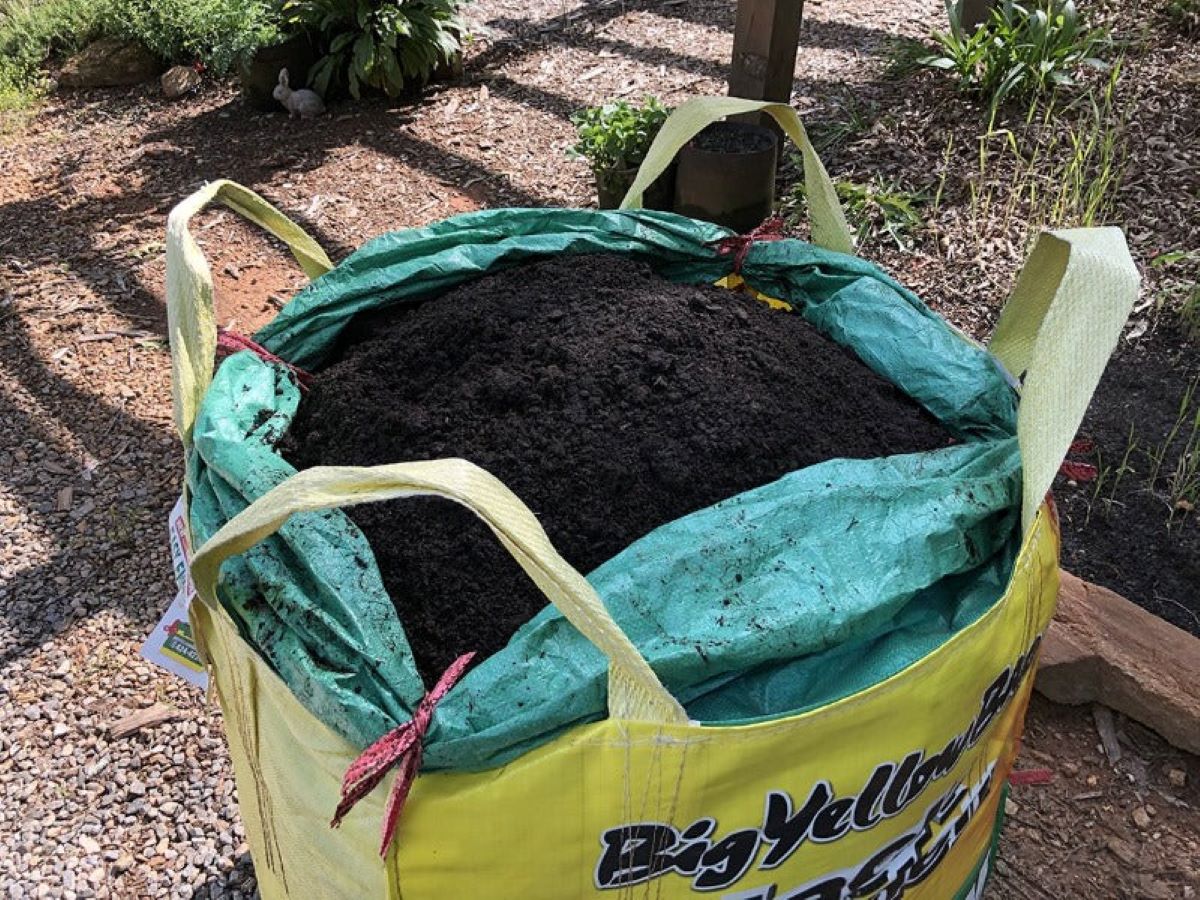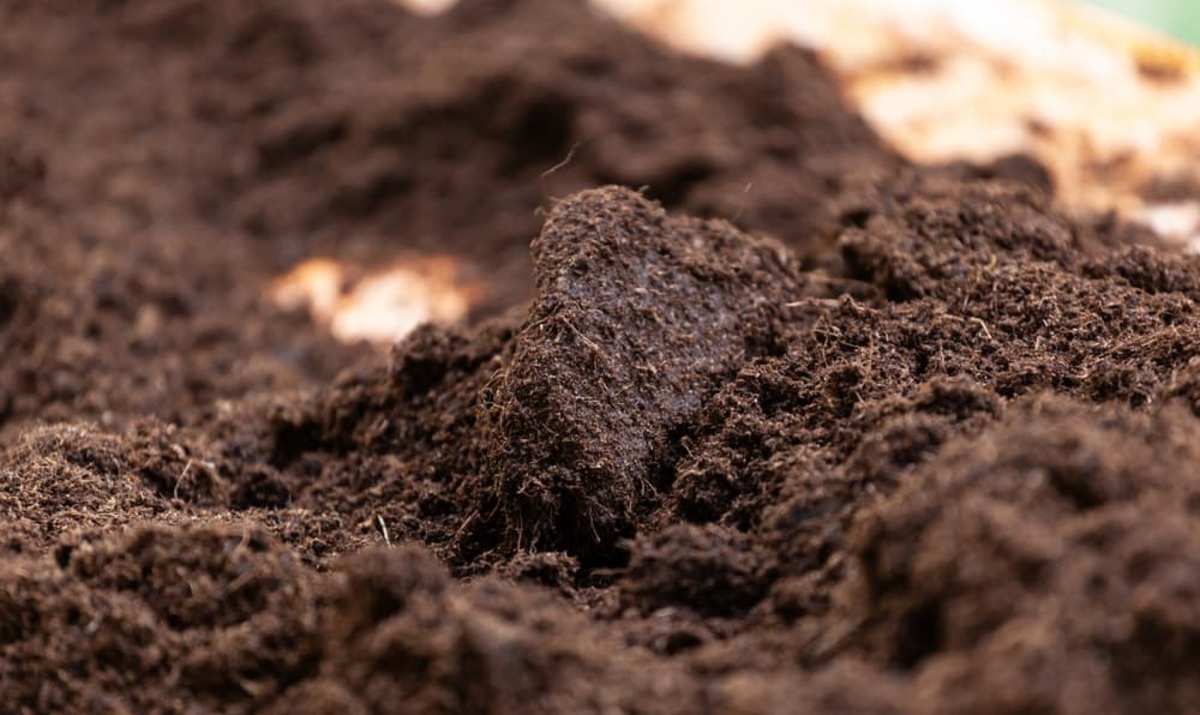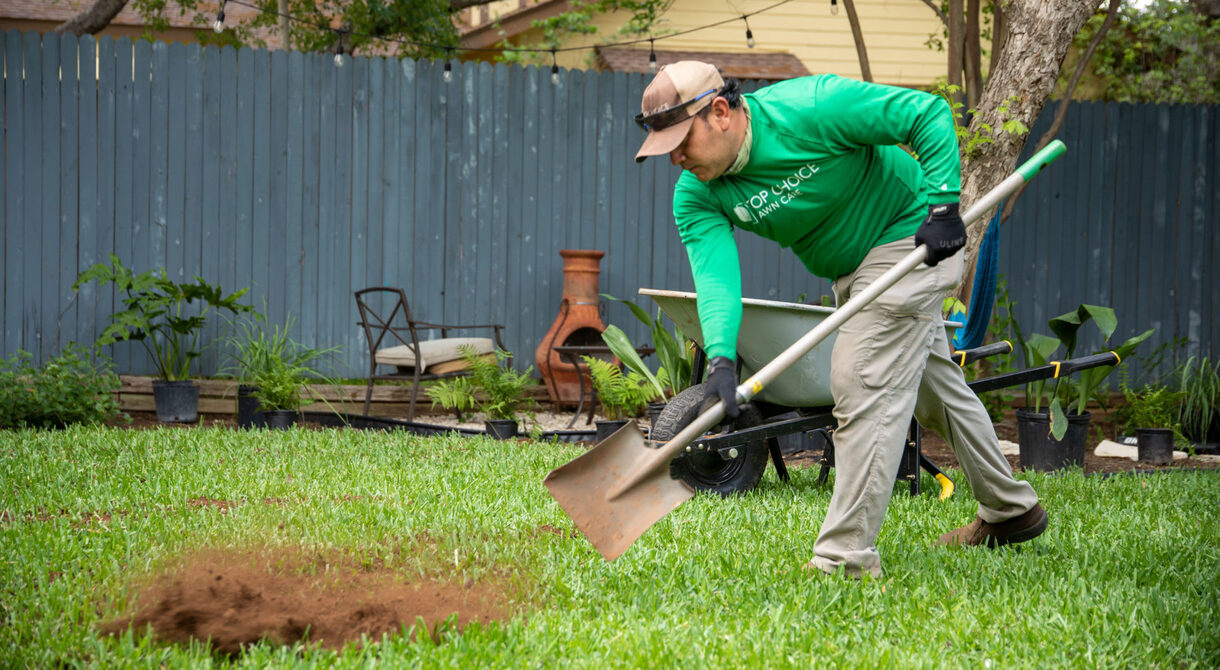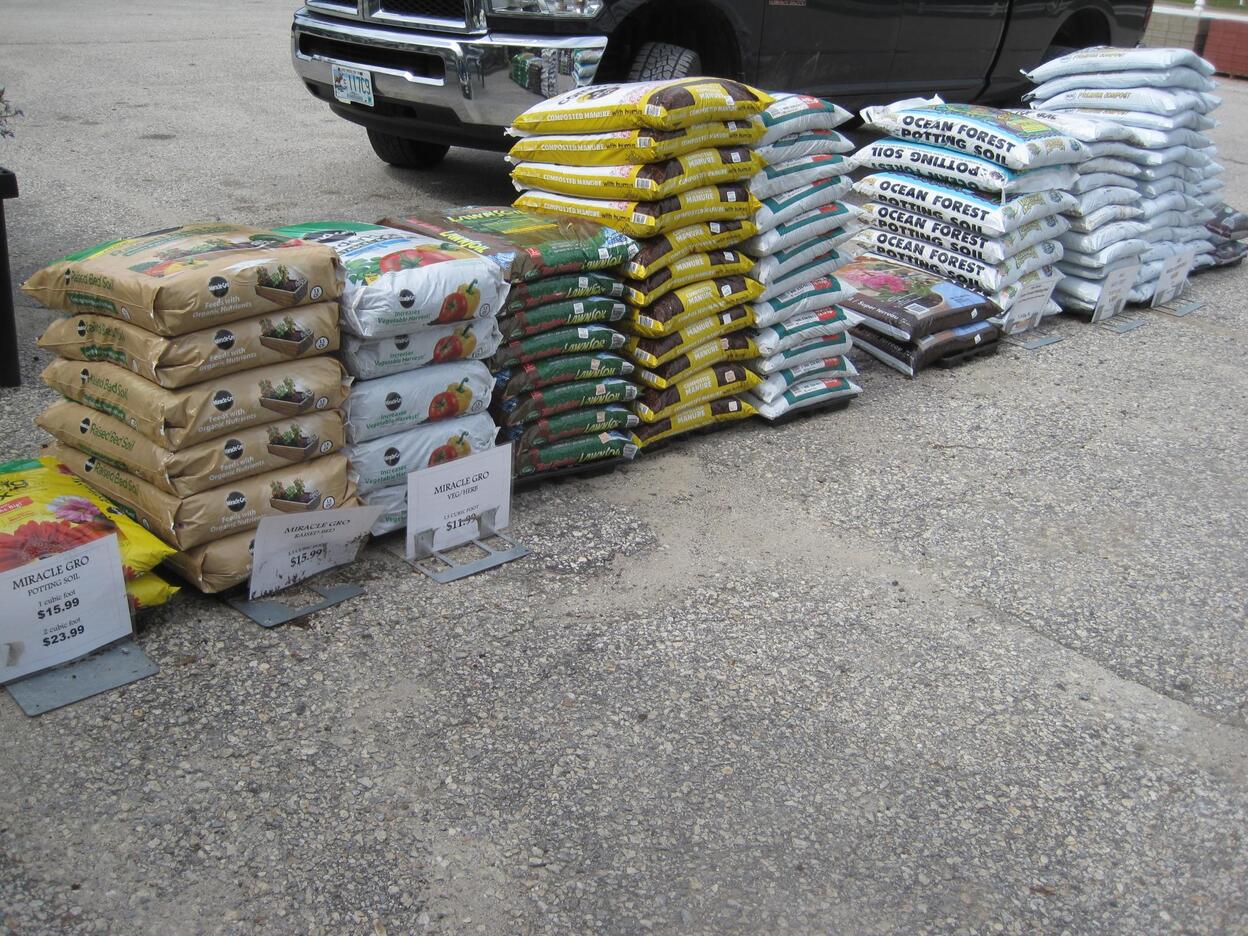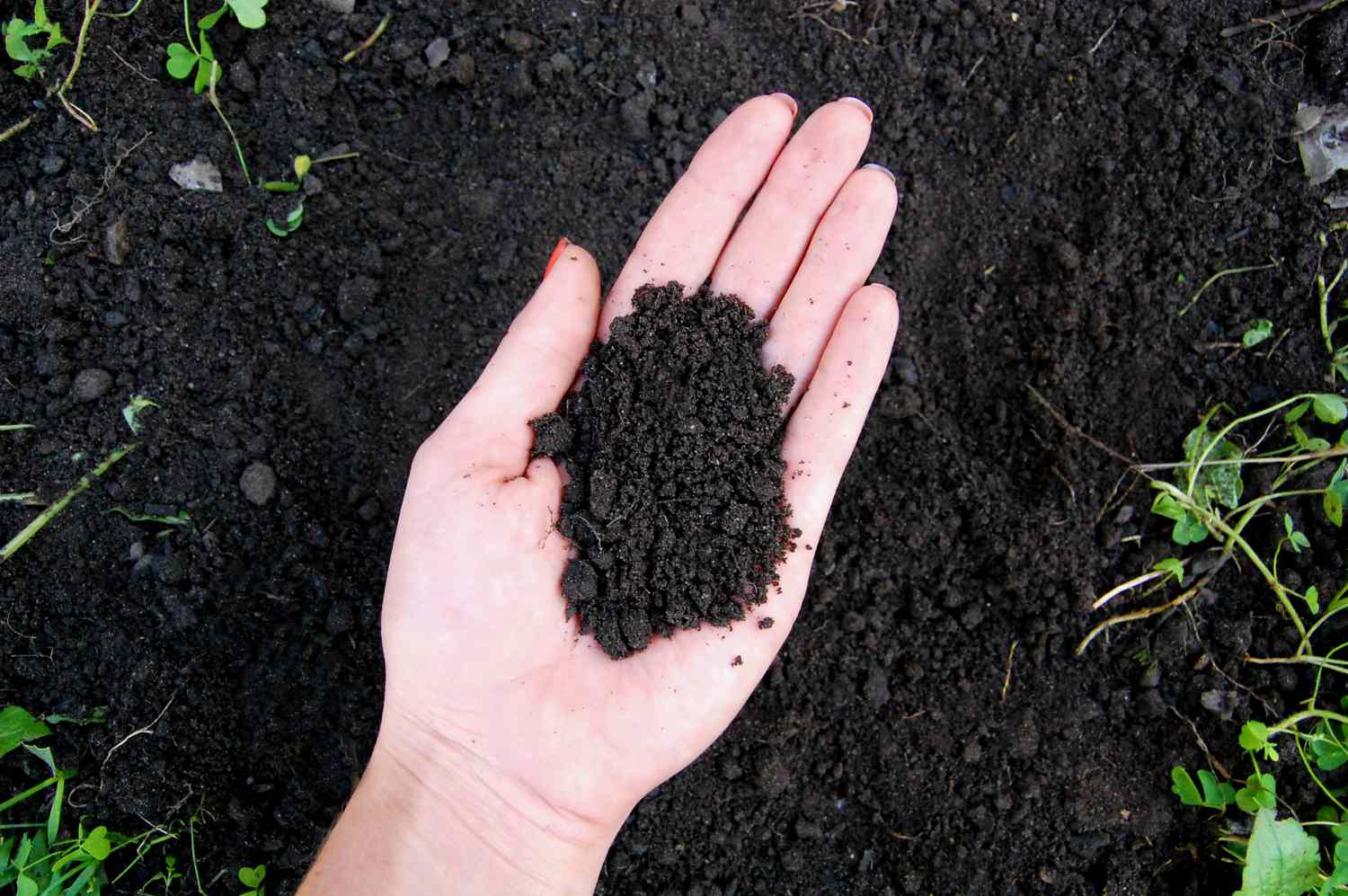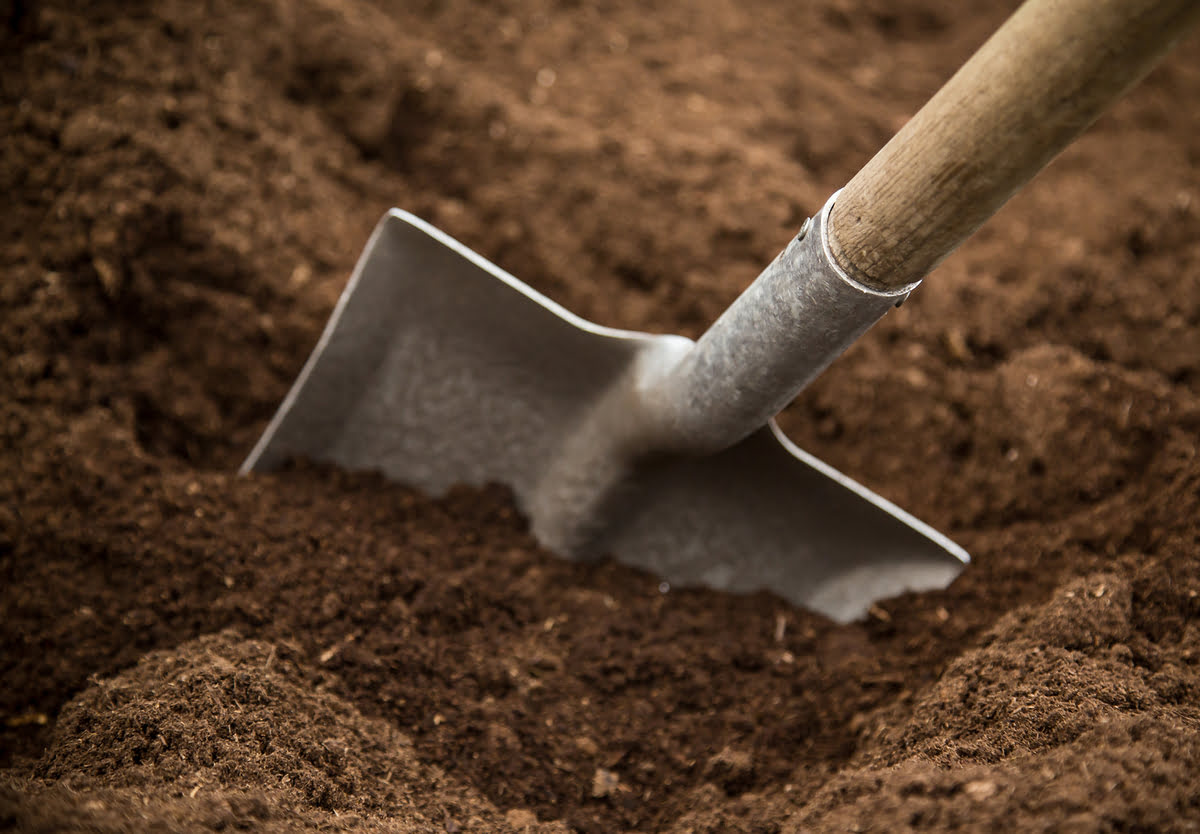Home>Gardening Basics>Understanding Soil>How Much Area Does A Yard Of Topsoil Cover


Understanding Soil
How Much Area Does A Yard Of Topsoil Cover
Modified: January 22, 2024
Discover how much area a yard of topsoil can cover and gain a better understanding of soil composition with our comprehensive guide.
(Many of the links in this article redirect to a specific reviewed product. Your purchase of these products through affiliate links helps to generate commission for Chicagolandgardening.com, at no extra cost. Learn more)
Table of Contents
Introduction
Welcome to our comprehensive guide to understanding how much area a yard of topsoil can cover. Whether you’re planning a garden project, landscaping your backyard, or rejuvenating your lawn, it’s important to understand the quantity of topsoil needed to achieve optimal results.
Topsoil plays a crucial role in the health and vitality of your plants. This nutrient-rich layer of soil is responsible for providing essential minerals, organic matter, and a hospitable environment for plant roots to flourish. It also aids in water retention, drainage, and the prevention of weed growth.
However, many people often find it confusing to estimate the amount of topsoil required for their particular project. Factors such as soil composition, desired thickness, and the size of the area needing coverage can greatly influence the quantity needed. Understanding how to calculate and order the correct amount of topsoil is essential to avoid unnecessary costs and ensure successful outcomes for your landscaping endeavors.
In this article, we will provide you with a clear understanding of yard measurements, the coverage capacity of topsoil, and the factors that influence its coverage. We will also guide you on how to calculate the area covered by a yard of topsoil and offer valuable tips to help you order the right amount for your project.
By the end of this article, you will have the knowledge and confidence to make informed decisions when it comes to purchasing and applying topsoil, ultimately leading to healthy, flourishing plants and a stunning outdoor space.
What is a Yard of Topsoil?
Before diving into coverage measurements, it’s important to understand what exactly a yard of topsoil refers to. A yard is a unit of measurement commonly used in the landscaping industry, equivalent to 27 cubic feet or 3 feet by 3 feet by 3 feet in volume.
Topsoil, on the other hand, is the uppermost layer of soil that ranges from 2 to 8 inches in thickness. It is rich in organic matter, minerals, and microorganisms, making it the ideal planting medium for healthy vegetation.
When purchasing topsoil, it is typically sold by the cubic yard. This means that a yard of topsoil will weigh differently depending on its moisture content, texture, and composition. Generally, a yard of topsoil weighs approximately 2,200 to 2,500 pounds, or around 1 to 1.25 tons.
Topsoil can come in various forms, including screened, unscreened, or a blend of different soil types. Screened topsoil has been sifted to remove rocks, debris, and large clumps, resulting in a finer texture and easier spreading. Unscreened topsoil, on the other hand, contains a mixture of soil particles, including some larger ones.
When determining the amount of topsoil needed for your project, consider both the volume and weight. The combined weight and volume will help you better estimate the coverage area.
Now that you have a clear understanding of what a yard of topsoil entails, let’s explore how coverage measurements work and the factors that can influence them.
Understanding Coverage Measurements
When it comes to measuring the coverage of topsoil, it’s important to consider the thickness at which it will be applied. The thickness will determine the area that a yard of topsoil can cover.
Typically, topsoil is applied at a thickness of 2 to 6 inches, depending on the specific project and the needs of the plants. A thinner layer may be suitable for leveling uneven areas or top-dressing existing lawns, while a thicker layer is necessary for creating new garden beds or revitalizing poor soil conditions.
It’s essential to calculate the coverage area accurately to ensure you order the right amount of topsoil. To determine the coverage area, you need to know the square footage of the area you wish to cover.
For example, if you have a garden bed that measures 10 feet by 10 feet, the square footage would be 100 square feet. To calculate the volume needed, you would then multiply the square footage by the desired thickness of topsoil in feet. For instance, with a desired thickness of 4 inches (or 0.33 feet), the calculation would be:
Volume = Square Footage x Thickness
Volume = 100 square feet x 0.33 feet = 33 cubic feet.
Since topsoil is sold by the cubic yard, divide the volume by 27 (the number of cubic feet in a cubic yard) to find the yardage needed:
Yardage = Volume / 27
Yardage = 33 cubic feet / 27 = approximately 1.22 yards of topsoil.
Keep in mind that these calculations are based on a level and even terrain. If the area has slopes or irregular shapes, it may require adjusting the coverage estimation accordingly. It’s always better to order slightly more topsoil than you anticipate needing to account for any variations or unforeseen factors.
Now that you understand how coverage measurements for topsoil work, let’s explore the various factors that can affect the coverage capacity of a yard of topsoil.
Factors Affecting Coverage of Topsoil
Several factors can influence the coverage capacity of a yard of topsoil. Understanding these factors will help you determine the appropriate quantity of topsoil needed for your specific project.
1. Thickness: The thickness at which you apply topsoil plays a significant role in coverage. A thicker layer will cover a smaller area, while a thinner layer will cover a larger area. Keep in mind the specific requirements of your project and adjust the thickness accordingly.
2. Soil Composition: The composition of topsoil can vary, depending on factors such as geographic location and soil supplier. Variations in density and moisture content can affect the weight and volume of topsoil, and thus impact coverage measurements. It is essential to consider these variations when calculating your coverage needs.
3. Compaction: Compacted soil will take up more space compared to loose, fluffy soil. If your project involves adding topsoil to an area with compacted soil, you may need to account for this extra volume when estimating coverage.
4. Surface Irregularities: Uneven or sloped terrain will require more topsoil to achieve a consistent thickness throughout the area. The irregularities will create voids that need to be filled, increasing the overall coverage required.
5. Safety Margin: It is always advisable to order slightly more topsoil than your initial calculations indicate. This serves as a safety margin to account for any unforeseen circumstances or any adjustments you might need during the project.
By considering these factors, you can make a more accurate estimation of the coverage capacity of a yard of topsoil for your specific landscaping needs. It’s crucial to take the time to assess and measure the area carefully to ensure you order the right amount of topsoil and avoid any unnecessary costs or delays in your project.
Next, let’s dive into the process of calculating the area covered by a yard of topsoil and explore some helpful tips for ordering the right quantity.
Calculating the Area Covered by a Yard of Topsoil
Calculating the area covered by a yard of topsoil requires a simple mathematical calculation. By knowing the thickness at which you plan to apply the topsoil, you can determine the coverage area and order the appropriate quantity.
Here’s a step-by-step guide to help you calculate the area covered by a yard of topsoil:
- Measure the length and width of the area where you intend to apply the topsoil. For example, if you have a rectangular garden bed that measures 8 feet in length and 6 feet in width, the total square footage would be 8 feet multiplied by 6 feet, which equals 48 square feet.
- Next, determine the desired thickness of the topsoil. Let’s say you plan to apply it at a thickness of 4 inches. To convert this thickness to feet, divide 4 inches by 12 (since 1 foot equals 12 inches). The result is 0.33 feet.
- Multiply the square footage by the thickness in feet to calculate the volume of topsoil required. In our example, the calculation would be 48 square feet multiplied by 0.33 feet, resulting in 15.84 cubic feet.
- Since topsoil is typically sold by the cubic yard, divide the volume in cubic feet by 27 (the number of cubic feet in a cubic yard). In our example, the calculation would be 15.84 cubic feet divided by 27, which equals approximately 0.59 cubic yards.
Based on this calculation, you would need approximately 0.59 cubic yards of topsoil to cover the desired area at a thickness of 4 inches.
It’s important to remember that this calculation assumes a level and even terrain. If the area has slopes or irregular shapes, you may need to make adjustments to the estimated coverage area accordingly.
Now that you understand how to calculate the area covered by a yard of topsoil let’s explore some useful tips to help you order the right amount of topsoil for your project.
Tips for Ordering the Right Amount of Topsoil
Ordering the correct amount of topsoil is crucial to ensure the success of your landscaping project. Here are some valuable tips to help you make an informed decision when ordering topsoil:
- Measure the Area: Accurately measure the length and width of the area where you plan to apply the topsoil. This will help you calculate the square footage and determine the coverage needs.
- Consider Thickness: Decide on the desired thickness of topsoil based on the specific requirements of your project. Different applications may require varying thicknesses, so take this into account when calculating the coverage area.
- Account for Slopes and Irregularities: If your project involves an uneven terrain or slopes, adjust the estimated coverage area to ensure proper coverage in those areas. Keep in mind that slopes and irregularities may require more topsoil to achieve a consistent thickness.
- Consult with Experts: If you’re unsure about the amount of topsoil needed for your project, consult with a landscaping professional or topsoil supplier. They have the expertise to guide you and provide recommendations based on the specifics of your project.
- Order a Bit Extra: It’s always advisable to order slightly more topsoil than your initial calculations indicate. This serves as a safety margin in case of any unforeseen circumstances or any adjustments needed during the project.
- Consider Soil Amendments: Depending on the condition of your existing soil, you may need to amend it with additional nutrients or organic matter. Take this into account when ordering topsoil, as you may require more or less depending on the soil’s quality.
- Quality Matters: When ordering topsoil, ensure you choose a reputable supplier that provides high-quality soil. The quality of the topsoil will greatly impact the success of your project and the health of your plants.
- Ask for Delivery Options: Verify with the supplier if they offer delivery services and inquire about their delivery fees and timelines. This will help you plan accordingly and ensure a smooth and efficient process.
By following these tips, you can confidently order the right amount of topsoil for your project and create a fertile and thriving environment for your plants.
Now that you have a thorough understanding of how to measure coverage, calculate the area, and order the appropriate quantity of topsoil, you’re well-equipped to embark on your landscaping endeavor with confidence and success.
Conclusion
Understanding how much area a yard of topsoil can cover is vital for any landscaping project. By accurately estimating the coverage capacity, you can order the right amount of topsoil and ensure the success of your endeavors.
In this guide, we’ve discussed the definition of a yard of topsoil and its importance in providing a nutrient-rich and supportive environment for plants. We’ve explored the factors that can affect the coverage of topsoil, such as thickness, soil composition, compaction, surface irregularities, and the need for a safety margin.
We’ve also provided you with step-by-step instructions on how to calculate the area covered by a yard of topsoil based on square footage and desired thickness. Additionally, we shared valuable tips to help you order the right amount of topsoil, including measuring the area accurately, considering slopes and irregularities, consulting experts, ordering extra as a safety margin, considering soil amendments, and choosing a reputable supplier.
By applying this knowledge and following these tips, you can confidently plan your landscaping projects, knowing that you have the necessary information to order the correct quantity of topsoil. This will result in healthier plants, improved soil conditions, and a more aesthetically pleasing outdoor space.
Remember, proper preparation and understanding are key to achieving the desired results. Take the time to assess your project’s needs, calculate the coverage area accurately, and consult with experts if needed. By doing so, you’ll be well on your way to creating a thriving and beautiful landscape that you can enjoy for years to come.

